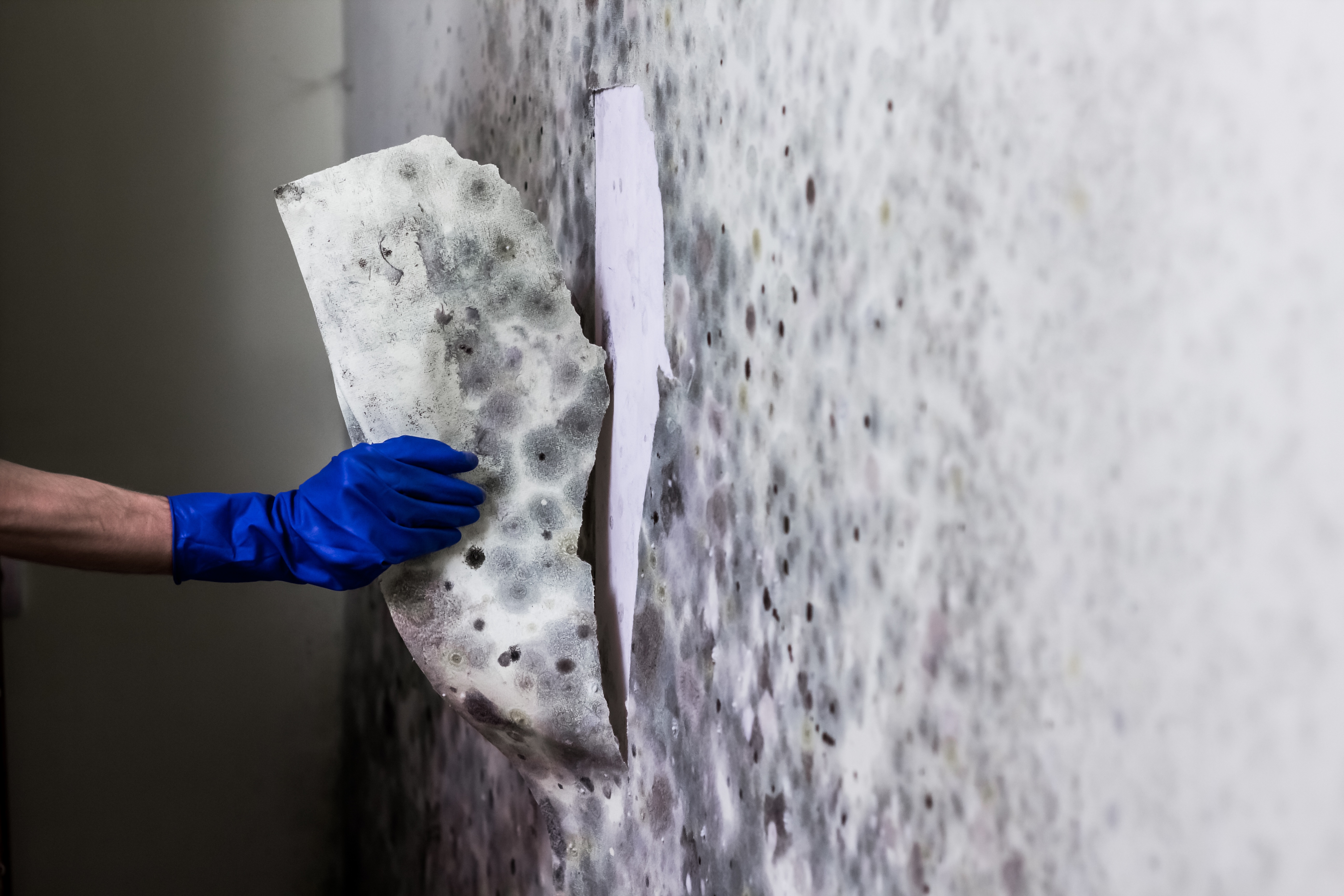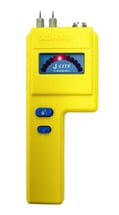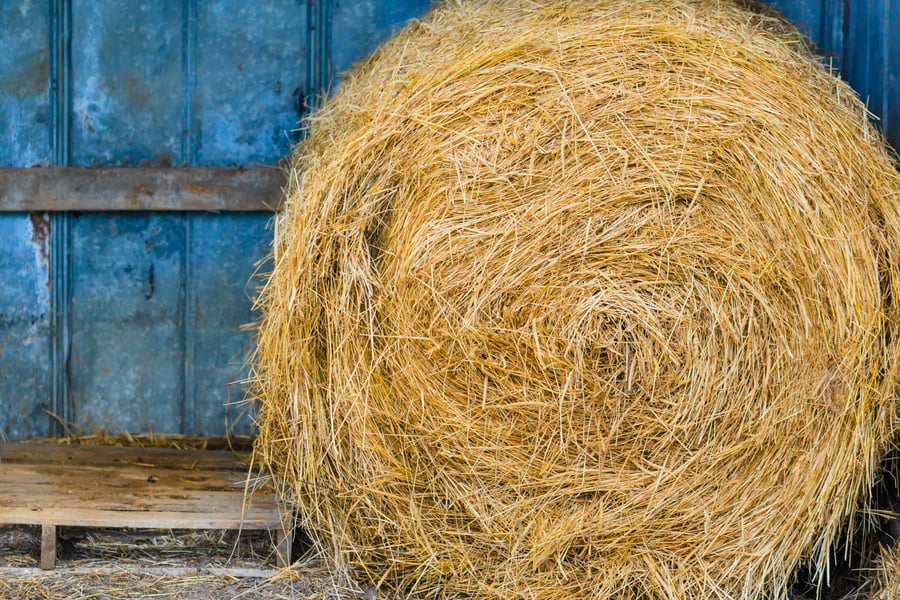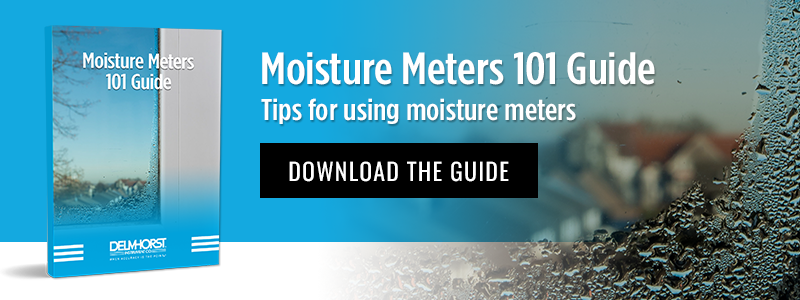3 Warning Signs You Have a Moisture Problem & How to Verify it

There is an often-unseen problem lurking in many homes across the country: moisture intrusion. A little excess water in the wrong place can cause many other problems, such as mold growth, pest infestations, and weakened building structures.
In many cases, moisture problems in houses or other structures are easy to miss until they’ve progressed past the point of easy repair. Early detection of these problems is a must for minimizing the extent and cost of the damage. But, how can you identify a moisture problem in the first place?
There are a few warning signs that homeowners should be on the lookout for, including:
1: Musty Odors
One of the most frequently-encountered signs of a moisture problem is the presence of strong, musty odors. This olfactory warning sign is a strong indicator that there is water damage somewhere nearby—possibly in building materials hidden from your direct view, such as in the insulation behind your walls or in a crawl space that you may have difficulty reaching unaided.
This odor is often caused by bacteria and mold growth that feeds on the excess moisture in a dark, cool space. If left alone long enough, the spores from mold can become a respiratory hazard, and the affected area may start showing visible signs of rot.
2: Dark Patches in Building Materials
One of the most obvious signs of water-related problems in any structure is the appearance of dark patches in walls, ceilings, and other surfaces. As water seeps into building materials, it tends to cause the materials to visibly darken.
Homeowners can often find these dark patches in ceilings after a heavy storm—which indicates roof damage—or in walls if there’s a burst or leaky pipe there.
3: Gatherings of Pests
Water is a basic necessity for life—and pests like ants, cockroaches, rodents, termites, and wasps are no exception. A sudden increase in the presence of pests could be an indirect indication that they’ve found a suitable source of water in your home. Of course, other nutrient sources, such as open food containers, exposed trash bins, and the like can also attract pests, so it’s important to consider whether there are any such food sources nearby.
Verifying Moisture Problems in the Home
So, say you’ve spotted one of the warning signs above, but want to make sure whether or not there’s a moisture problem in your house. How can you get a quantifiable, scientifically-accurate measurement of how much moisture is in your walls, ceilings, floors, etc.?
One of the best ways to get quantifiable measurements of moisture in the home is to use a moisture meter!
 There are many different types of moisture meters on the market. Some of these meters have different calibration settings for checking moisture in wood, drywall, and other materials. However, for a simple in-home test, a simpler moisture meter like Delmhorst’s J-Lite should be more than enough.
There are many different types of moisture meters on the market. Some of these meters have different calibration settings for checking moisture in wood, drywall, and other materials. However, for a simple in-home test, a simpler moisture meter like Delmhorst’s J-Lite should be more than enough.
The J-Lite is an easy-to-use meter with a simple LED display that makes it simple to use and read. Since the LEDs light up, the meter is ideal for getting readings in areas where other LCD displays would be hard to read—such as in direct sunlight or in the dark. Plus, if you need more advanced testing probes, the meter has a universal probe socket that works with any optional Delmhorst probe.
Contacting a professional water damage remediation company is also a good idea. These companies will often have people who know a lot about moisture damage and specialized tools for finding moisture intrusion sources—such as high-end moisture meters and even thermo-hygrometers that can identify the relative humidity conditions in your house to help verify if there is an excess amount of moisture present in the building.
The combination of tools and training helps water damage restoration experts find and fix hidden moisture problems that may have eluded your notice.
Curious about moisture meters and how to use them effectively? Check out our Moisture Meters 101 Guide at the link below!
Subscribe to Our Blog
Post Related

5 Factors for High-Quality Hardwood Flooring Installations


